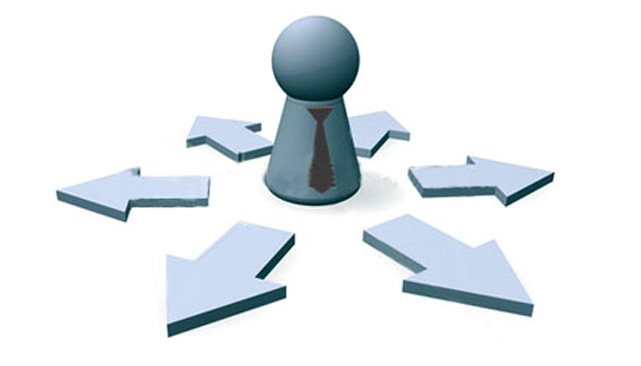The user module allows users to register, log in, and log out. Users benefit from being able to sign on because this associates content they create with their account and allows various permissions to be set for their roles. The user module supports user roles, which can be set up with fine-grained permissions allowing each role to do only what the administrator permits. Each user is assigned one or more roles. By default there are three roles: anonymous (a user who has not logged in) and authenticated (a user who has signed up and been authorized),
Users can use their own name or handle and can fine tune some personal configuration settings through their individual my account page. Registered users need to authenticate by supplying their username and password,
-
Authentication and Authorization
-
Group Management
-
Company Management
-
Department Management
-
Designation Management
-
Hierarchy Management
-
Limitation and Approval Management
-
Machine IP Management
-
Timing Management
-
Mail Management
-
Integration Users, Groups, and Roles
-
Security for User Management
-
Adding a User
-
Adding a Group
-
Adding a Role
-
Integrating a Role
-
Management of Users
-
Management of Groups
-
Management of Roles
-
Management of User Properties
-
Management of Group Properties
-
Management of Role Conditions
-
Deleting Users, Groups, or Roles

ERP Purchasing module aims at making available the required materials of the right quality, in the right quantity, at the right time and at the right price, for the smooth functioning of the organization. All purchasing and subcontracting activities such as inviting quotations, supplier evaluation, placing purchase order, order scheduling and billing are covered in this module. Import of goods is also handled by the system.
A purchase department of an organization aims the given below responsibilities:
-
Purchasing objectives.
-
Purchasing responsibilities.
-
The purchasing process and role of procurement.
-
Types of purchases.
-
Improving the purchasing process.
A world-class purchasing module must provide cost-reductions, improve supply chain quality, gain access to new sources of technology, improve cycle time, involve suppliers in product and process development, and streamline processes. ERP does support the above.
The Purchasing Process as a Cycle consists of five major stages:
-
Identify user need.
-
Evaluate potential suppliers.
-
Bid, negotiate and select supplier.
-
Purchase approval.
-
Release and receive purchase requirements.
-
Measure supplier performance.
ERP Purchasing module aims for procurement of required raw materials. Automates the processes of identifying potential suppliers, negotiating price, awarding purchase order to the supplier, and billing processes. Purchase module is tightly integrated with the inventory control and production planning modules. Purchasing module is often integrated with supply chain management software.

Our Objectives:
There are two categories of presales activity: Sales Support and Pre-sales Documents.
-
Sales Support allows for tracking of customer contacts by including sales visits, phone calls, letters and direct mailings. Mailing lists can be generated based on specific customer characteristics. This features greatly covered in CRM.
-
Pre-sales contracts include inquiries and quotes.Inquiries document customer requests,Quotation are binding documents to a customer offering a specific quantity of material at a specific price if accepted within a specific period.Both Inquiries and Quotes can be used as a starting point to create a customer order.
Customers place orders with a customer service representative who create a document with information on:
-
Customer.
-
Material Ordered and material quantity.
-
Pricing conditions for each item.
-
Schedule lines delivery dates and quantities.
-
Delivery Information.
-
Billing information.